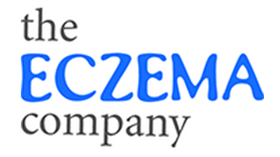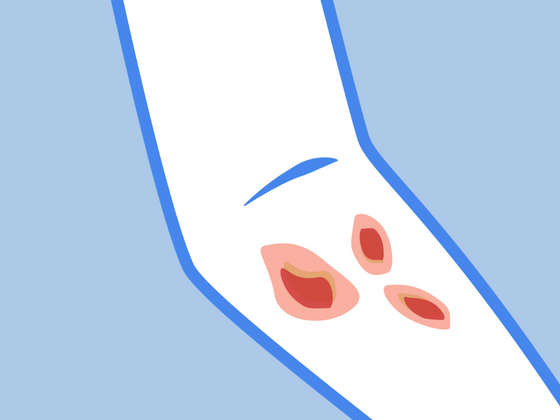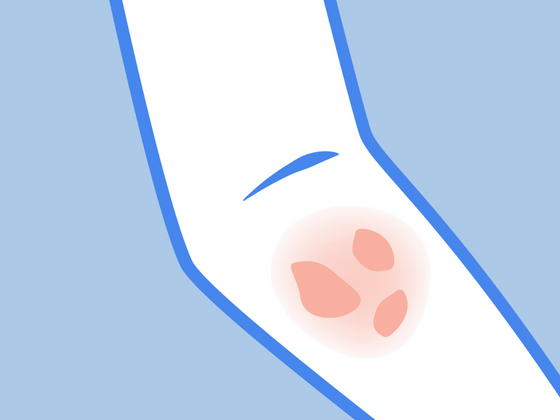Perioral dermatitis is a skin condition characterized by a rash around the mouth. While the word perioral means “around the mouth,” the condition can spread to the nose and eyes as well.
Let’s take a closer look at this skin condition and describe some ways you can treat it naturally.
If you or your little one is suffering from perioral dermatitis, please bear in mind that we are in no way medical professionals. If you are experiencing severe symptoms or infections, speak to a medical professional as soon as possible.
What is Perioral Dermatitis?
Perioral dermatitis is a form of facial eczema involving an inflammatory rash around the mouth and in the folds of the nose. The bumps usually do not affect the skin right next to the mouth but instead form a ring around the mouth, appearing a short distance from the lips.
Bumps can also spread to the forehead, chin, and under the eyes, but this is far less common. Typically, the rash will appear red, scaly, or bumpy, causing it to resemble acne or rosacea. For this reason, it’s essential to properly diagnose the skin condition by speaking to your dermatologist or physician.
Perioral eczema can further be characterized by a burning or itching sensation. In some cases, a clear fluid discharge may weep from the skin. Usually, this skin condition occurs in those of all ages, races, and ethnicities but is more commonly seen in women between the ages of 16 to 45.
The condition typically lasts weeks to months and may go away only to reappear.
What Causes Perioral Dermatitis?
Unfortunately, the cause of perioral dermatitis is unknown, but research suggests that it may be linked to the use of topical steroids.
Other things that may worsen or cause this condition include heavy creams containing petrolatum or a paraffin base, strong winds, inhaled prescription steroid sprays used in the nose and mouth, birth control pills, sunscreen, and constant drooling.
Is Perioral Dermatitis Contagious?
Many worry they can “catch” this condition or wonder if they “caught” it from someone else. But, like all forms of eczema, perioral dermatitis is not contagious.
That being said, constantly scratching or picking at your rash can cause it to spread to other parts of your body or worsen your symptoms, even leading to infection.
Natural Perioral Dermatitis Treatment
While there is no cure for perioral dermatitis, there are a variety of eczema cream and products you can use to reduce itchiness and soothe symptoms. As topical steroids may worsen the condition over time, potentially leading to topical steroid withdrawal, it’s important to choose skin care products that contain natural, non-GMO ingredients like beef tallow cream.
We love this Calendula Facial Cream as a gentle and cooling treatment for the face. Thanks to its high concentrations of calendula resins, it helps reduce itching, minimize scars, and aid in wound healing. In addition, it contains MSM which is renowned for reducing hyper-pigmentation, repairing uneven skin tone, and hydrating the skin by allowing moisture to deeply penetrate the pores.
Beat the itch with this cooling and refreshing Organic Aloe Vera Skin Soothing Spray. Its non-greasy formula is perfect for use anywhere on the body - including around the mouth. Store in the refrigerator between uses for an extra cool treat.
If you’re looking for a natural face cleanser that won’t strip your skin of its protective oils, check out this Organic Calendula Face Wash. Featuring calendula, seaweed, and a blend of soothing herbs, its gel-like consistency will calm your red, inflamed skin.
People with sensitive skin love our Body Essentials Bundle, which features our Organic Manuka Skin Soothing Cream and our Coconut and Sunflower Oil Soap Bar. For more options, check out our eczema soap collection. It truly is a dream for anyone with sensitive skin on the face or anywhere on the body.
For more tips on how to naturally treat facial eczema, check out 5 Treatments for Eczema on the Face.
Perioral Dermatitis Diet
Last but not least, you might want to think about what you eat. Diet plays an integral part in reducing or triggering flare-ups.
To reduce symptoms of perioral dermatitis, consider trying an elimination diet. This process involves completely cutting out the consumption of certain foods for a certain amount of time (usually about a month) and then slowly working these foods back into your diet to see which one caused a reaction. Carefully monitoring the results can help determine which foods might trigger your eczema.
Remember, an elimination diet is not intended to be long-term. Always work with a dietician, nutritionist, or physician when undergoing an elimination diet to ensure you or your child is still getting a healthy, well-balanced diet.
References:
https://www.healthline.com/health/perioral-dermatitis
https://www.nationwidechildrens.org/conditions/perioral-dermatitis
https://www.medicalnewstoday.com/articles/322181.php
------------------

Bio: Laura is a contributor and content developer for The Eczema Company. She is in no way a medical professional. Her comments, suggestions, and reflections are not intended to replace any medical advice. Always seek the help of a medical professional before undertaking any diet or lifestyle changes.








